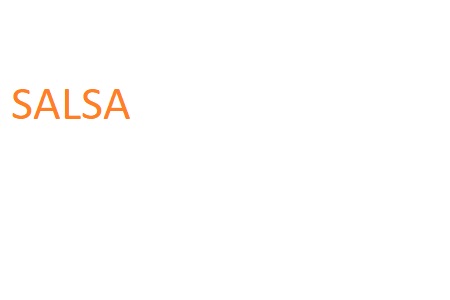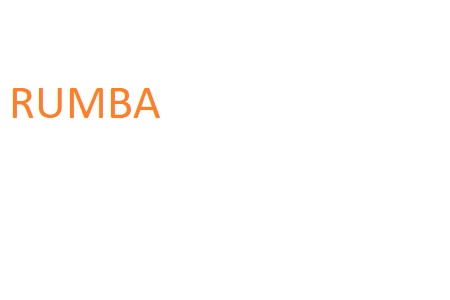Mambo
Mambo is an up-tempo dance music that appeared in Cuba in the late 1930s, and which by 1950 had taken the Latin dance world by storm.
Mambo
The sound of an age
Mambo was another danceable musical genre that had its roots in the so called commercially diffused new rhythm. It had as one of its greatest exponents the Danzón Mambo by Orestes López, composed in the year 1938. Also other contributions or arrangements were made by the Jazz band orchestra in the mid-1940s, where Bebo Valdés and René Hernández made the syncopated mode of the mambo independent from the structure of danzón. Cuban pianist and composer Dámaso Pérez Prado (1916) took all these elements, experiments with melodies, harmonies and rhythm, enriched them and created the mambo that inaugurated the genre worldwide. Rico Mambo in 1951 was the first to become popular. Then a whole series of numbers emerged becoming world famous such as: Mambo No. 5, Pianola, Black Horse, Roulette Man, Mambo in Sax, Mambo No.8 and The taxi. The mambo also had jazz influences, and Mexico was the country that gave the Cuban genre the greatest diffusion.
It is very characteristic in this genre that its creator shouts some syllables that transcended. About these Helio Orovio, a prominent Cuban musicologist and journalist, points out: “… from the background comes the hoarse voice of the“King of the Mambo”emitting imprecise sounds, baptized by someone as “semi snarl” or “semi scream ”. This Cuban rhythm was taken and made known everywhere to everyone by Dámaso Pérez Prado, that’s why he is named The King of Mambo.
the king of
Mambo
Choreographically Mambo is not a popular creation. Different dance couples who performed in cabarets and nightclubs created steps and figures that people later imitated and made their own. Recent investigations of Professor Ramiro Guerra, from interviews carried out to former members of a young group of singing and dancing girls of that time, “The Fire Mulattas”, affirm that they were the ones who created the steps and figures of mambo, with the goal of creating choreography for the music of Pérez Prado. After they showed the steps of other folkloric or popular dances they learned here and there, Roderico Neyra, (better known as “Rodney”, Tropicana Cabaret choreographer) used to stylize and adapt them to the scene.
Later these dance couples appeared on television, which produced a massive diffusion of the dance throughout the country. In a report made to Neyra in the Cuban magazine Bohemia from this period, some of the steps of mambo were illustrated and named: scooter, tremble, ride, the little point, the clap, the din argument, up and down and the mambeo. None of these names has transpired to the present. Nevertheless most of them can be recognized in those that are reproduced today in professional dance companies and dance halls. Among the most famous couples of the 1950s were Ana Gloria and Rolando.
Mambo is danced in loose pairs individually or collectively. It has a basic step that consists of moving the feet alternately touching the floor with the toe. The fundamental movement that identifies this dance is located in the pelvis, hence its erotic and sensual character. It is also made up of other basic step variants and cabaret-style figures such as: the box, flex and stretch with leg raises, back and forward tilt steps with claps and jumps, waltzlike and others of great creativity. If we compare it with other genres of music and dance mambo was no more than an ephemeral fashion of life.
Mambo No. 5 is an instrumental mambo and jazz dance song originally composed and recorded by Cuban musician Dámaso Pérez Prado in 1949 and released the next year.

Let’s dance!
READ MORE ABOUT DANCES
_____________________________________________________
INFORMATION
EMAIL: info@dancingcuba.com





